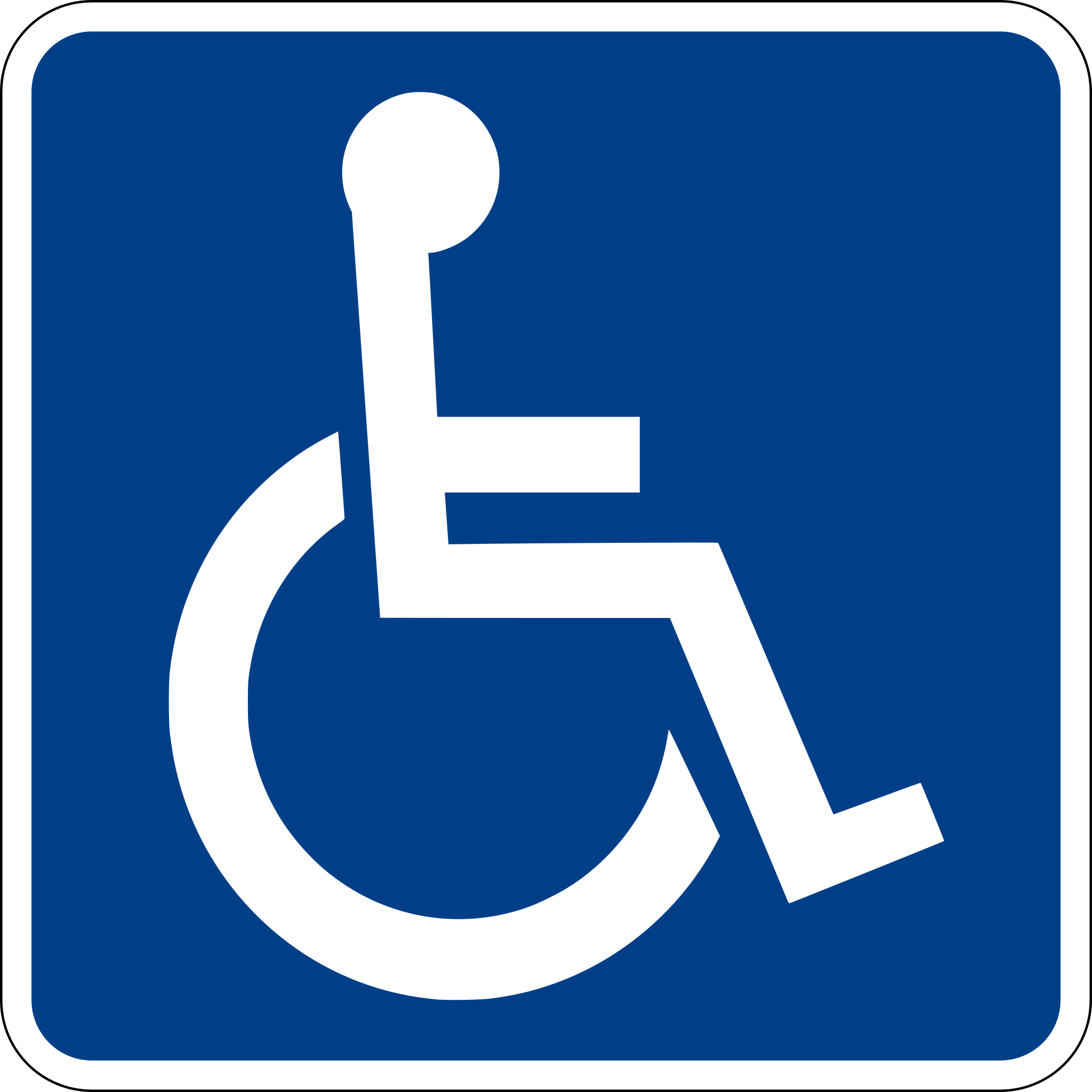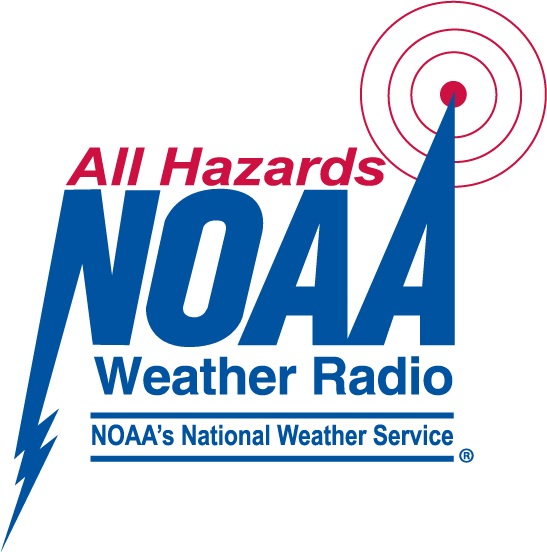Family Disaster Preparedness
Be Prepared
Disasters can strike quickly and without warning. It can force you to evacuate your neighborhood or confine you to your home. What would you do if basic services such as water, gas, electricity or telephones were cut off? City officials and relief workers will be on the scene after a disaster, but they cannot reach everyone right away. Therefore, the best way to make your family and your home safer is to be prepared before disaster strikes. Prepare a plan, build a family disaster kit with a minimum five days of supplies and be alert for any type of emergency by listening to media broadcasts, and a weather alert radio.
Create a family disaster plan
Factors to consider for a family disaster plan:
1. Know your risk: Know what could happen where you and your family live. This helps you figure out what you need to do to stay safe. For Floridians, this includes knowing your flood zone and knowing your evacuation level.
2. Have a family plan: Prepare a plan for sheltering, evacuating and communicating during a disaster. Consider any specific needs for your household.
3. Build an emergency supply kit, including food and water.
4. Additionally, sign up for emergency alerts by visiting AlertSarasotaCounty.com.
Medical Needs Program
 Sarasota County Government residents with qualifying medical needs are encouraged to apply for registration as a medically-dependent person (MDP). This means that if you sign-up, you will be on the county’s registry for transportation and sheltering at a medically-dependent Evacuation Center during a disaster.
Sarasota County Government residents with qualifying medical needs are encouraged to apply for registration as a medically-dependent person (MDP). This means that if you sign-up, you will be on the county’s registry for transportation and sheltering at a medically-dependent Evacuation Center during a disaster.
The registered person with medical needs (MDP) will receive a cot, sheet, light blanket and bath towel at the designated evacuation center.
Learn more about and apply to the Medical Needs Program
Disaster Planning for Your Pets
Pets should not be left behind. Plan how you will care for your pets in an emergency. Leaving pets behind, even if you try to create a safe place for them, is likely to result in their being injured, lost or worse. Prepare now for the day when you and your pets may have to leave your home.
Before the Disaster
Obtain Sarasota County Animal Services registration of your animal. This is the most effective method of identification, and it is required prior to admittance at a pet-friendly shelter. Make sure your pet’s vaccinations are updated (have tags and/or proof of vaccination for shelter registration)
Assemble a support kit to accompany your pet:
- One week's supply of food and water (with can opener if necessary) and medication
- Enough water for each pet for three days
- Food and water bowls
- Current vaccination records
- Proper ID collar and rabies tag/license and leash
- Pet carrier
- Cat litter and box with scooper
- Plastic bags for pet waste
- Disinfectant and cleaning materials
- Current photo of you and your pet (in case you're separated)
- Comfort items such as toys, blankets and treats
Have a Safe Place to Take Your Pets
Every Sarasota County Evacuation Center is pet friendly.
Before you go, review the following:
- Exotic pets or livestock will not be accepted. If you need to arrange for safe housing for exotic pets or livestock, contact your veterinarian or local kennels.
- At the center, you will: register, collect all documentation and records, photograph your pet and place it in one of the assigned locker rooms.
- The pet will remain in the crate at all times.
- Owners may not stay with their pets - pet must remain in the general portion of the shelter. Walks outside by the owner will be permitted until high winds require the shelter to lock-down.
- The owner will be responsible to feed, water and medicate the pet at all times.
- Pets will be released back to their owners when the all clear is given to leave the center.
Some hotels may waive its no pet policy in the event of an emergency. If there is a hotel you wish to evacuate to, but the website has this policy, it is a good idea to call the hotel beforehand to see if this policy has been waived. You can also pre-arrange to board your pet at an animal hospital, veterinarian’s office or boarding facility. Make sure the building will be able to withstand high winds and utilities outage.
After a Disaster
- Walk pets on a leash until they become re-oriented to their home - often familiar scents and landmarks may be altered, and pets could easily be confused and become disoriented. Downed power lines, reptiles and fire ants and debris may all pose a threat for animals, as well as humans after a disaster.
- Pets can become aggressive or defensive after a disaster - monitor their behavior.
NOAA Weather Radio
Saving lives is the focus of NOAA Weather Radio All Hazards by providing immediate broadcasts of severe weather warnings and civil emergency messages and giving those in harm’s way critical lead time to respond and remain safe.
 Broadcasts of tornado warnings, flood warnings, “Amber” Alerts for child abductions, chemical spill messages and many other notifications, in addition to routine weather observations and forecasts, make NOAA Weather Radio an essential item for every home, business and public area.
Broadcasts of tornado warnings, flood warnings, “Amber” Alerts for child abductions, chemical spill messages and many other notifications, in addition to routine weather observations and forecasts, make NOAA Weather Radio an essential item for every home, business and public area.
Sarasota County’s specific area message encoding (SAME) code is 012115, and Charlotte County’s SAME Code is 012015.
The National Weather Service radio channel should be set to: Channel 1 (which transmits from a tower in the Venice area).
For more information visit the NOAA Weather Radio website.
North Port Hurricane Evacuation Centers and Transporation
- Heron Creek Middle School (6501 W. Price Blvd)
- North Port High School (6400 W. Price Blvd)
- Woodland Middle School (2700 Panacea Blvd.)
- Atwater Elementary School (4701 Huntsville Ave.)
How to get to an evacuation center:
- Take personal transportation
- Use Breeze Transit or a ride-share app
- Drive to a transportation rally point
- If you are registered as a medically dependent person, transportation to an evacuation center will be provided
Transportation rally points
- North Port Library, 13800 Tamiami Trail
- George Mullen Activity Center, 1602 Kramer Way
- Suncoast Technical College, 4675 Career Lane
Keep in mind:
- Transport will be provided by Sarasota County Area Transit and school district buses
- Space on buses will be limited
- Baggage is limited to two carry-on sized bags per person that can be stored under a seat or held in lap
- Pets must be in a crate or carrier, and you must bring all pet supplies
- Passengers cannot specify what shelter they will be transported to
- All transportation will cease when landfall is expected within eight hours
Wind Mitigation Inspections
Why should you make an investment to strengthen your home against hurricanes?
Before you can improve your home’s ability to withstand a hurricane, you need to know how hurricane resistant it is today. Contact your homeowner’s insurance company to recommend a licensed wind mitigation inspector. The inspection will be conducted by a qualified wind inspector trained in wind-resistant building techniques. Following the inspection, a detailed report will be provided to you that will:
- Explain and prioritize what improvements can be made to strengthen your home against hurricanes,
- Provide cost estimates for making each of the recommended improvements,
- Rate how hurricane resistant your home is today, and how resistant it will be after improvements are made, and
- Explain what insurance discounts are available to you if improvements are made and how to get them, if you provided your insurance information.
You may be eligible for a discount on insurance premiums. Homes that are strengthened with hurricane-resistant improvements are less likely to suffer serious damage in a hurricane. Homeowners who invest in strengthening their homes will be entitled to a range of discounts on their homeowners insurance premium, depending on what and how many of the recommended improvements are made. The discounts you may be eligible to receive will be outlined in your wind inspection report.
What kind of improvements can be made to strengthen my home against hurricane damage? Wind inspections will recommend improvements in one or more of seven specific categories:
- Improving the strength of your roof deck attachment.
- For instance, if your roof is made of shingles nailed to plywood sheets, the wind inspection may reveal that the plywood sheets are not adequately nailed to your roof trusses, and that more nails and/or longer nails need to be added to prevent the plywood from being blown off during a hurricane.
- Creating a secondary water barrier to prevent water intrusion.
- There are products that cover and seal the joints between the plywood sheets on your roof. This will reduce leakage if your shingles are blown off.
- Improving the survivability of your roof covering.
- Upgrading to stronger and thicker hurricane-resistant roof shingles, attached with properly sized and applied roofing nails, will reduce the chance of your roof shingles blowing off during a hurricane.
- Bracing gable-ends in your roof framing.
- This is usually done in your attic to lessen the chances that your roof will collapse under hurricane wind loads.
- Reinforcing roof-to-wall connections.
- For example, installing metal tie-down straps that attach roof rafters to wall studs to decrease the chances that all or part of your roof will lift up from your house during a hurricane.
- Upgrading exterior wall-opening protections.
- For instance, installing hurricane-rated window shutters.
- Upgrading exterior doors.
- For example, replacing a standard garage door with a hurricane-rated garage door.